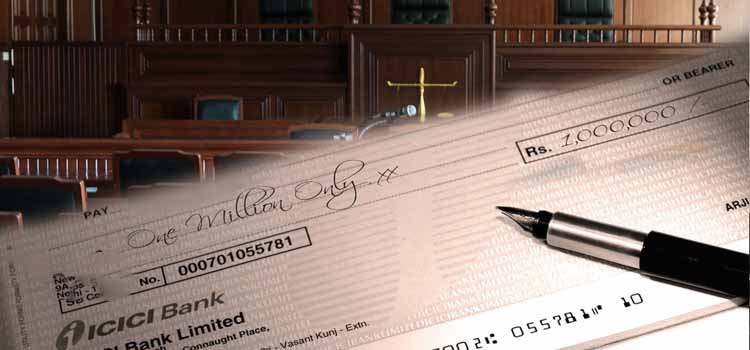NDPS Act, 1985
Provisions for bail when arrested under NDPS Act, 1985.
Section 25 IEA reads as under:
“25. Confession to police-officer not to be proved. ––
No confession made to a police-officer, shall be proved as against a person accused of any offence.”
Section 27 IEA reads as under: “27. How much of information received from accused may be proved. –– Provided that, when any fact is deposed to as discovered inconsequence of information received from a person accused of any offence, in the custody of a police officer, so much of such information, whether it amounts to a confession or not, as relates distinctly to the fact thereby discovered, may be proved.”
Section 67 NDPS Act reads as under:
“67. Power to call for information, etc.—Any officer referred to in section 42 who is authorised in this behalf by the Central Government or a State Government may, during the course of any enquiry in connection with the contravention of any provision of this Act,—
- call for information from any person for the purpose of satisfying himself whether there has been any contravention of the provisions of this Act or any rule or order made thereunder;
- require any person to produce or deliver any document or thing useful or relevant to the enquiry;
- examine any person acquainted with the facts and circumstances of the case.”
The Hon’ble Delhi High Court in State v. Navjot Sandhu @ Afsan Guru Crl. A. No. 80/2003 wherein this Hon‟ble Court, after placing reliance on Pulukuri Kottaya and Ors v. The King-Emperor 1946 SCC OnLine PC 49, and several other judgments of the Hon‟ble Supreme Court and other courts, summarized the law governing Section 27 IEA as follows:
“396. We, therefore, hold that in order that Section 27 may be brought in aid, the prosecution must establish:—
- That consequent to the information given by the accused, it led to the discovery of some fact stated by him.
- The fact discovered must be one which was not within the knowledge of the police and the knowledge of the fact was for the first time derived from the information given by the accused.
- Information given by the accused must lead to the discovery of a fact which is the direct outcome of such information.
- The discovery of the fact must be in relation to a material object and of course would then embrace within its fold the mental condition i.e. the knowledge of the accused of the place from where the object was produced and the knowledge that it was there.
- Only such portion of the information as is distinctly connected with the said discovery is admissible
- The discovery of the fact must relate to the commission of some offence.”
Section 34 IEA reads as under:
“34. [Entries in books of account, including those maintained in an electronic from], when relevant. –– [Entries in books of account, including those maintained in an electronic from], regularly kept in the course of business, are relevant whenever they refer to a matter into which the Court has to inquire, but such statements shall not alone be sufficient evidence to charge any person with liability.
Bail when arrested under NDPS Act, 1985
The Honble Supreme Court in CBI v. V.C. Shukla and Ors., (1998) 3 SCC 410 wherein it was observed that:”
“17. From a plain reading of the Section it is manifest that to make an entry relevant thereunder it must be shown that it has been made in a book, that book is a book of account and that book of account has been regularly kept in the course of business. From the above Section it is also manifest that even if the above requirements are fulfilled and the entry becomes admissible as relevant evidence, still, the statement made therein shall not alone be sufficient evidence to charge any person with liability. It is thus seen that while the first part of the section speaks of the relevancy of the entry as evidence, the second park speaks, in a negative way, of its evidentiary value for charging a person with a liability. It will, therefore, be necessary for us to first ascertain whether the entries in the documents, with which we are concerned, fulfil the requirements of the above section so as to be admissible in evidence and if this question is answered in the affirmative then only its probative value need be assessed.
NDPS Act, 1985
The operative paras of the judgment of Tofan Singh v. State of Tamil Nadu, (2021) 4 SCC 1 which categorically held that Section 67 NDPS Act is hit by Section 25 of the Evidence Act in this regard are reproduced below:
“155. Thus, to arrive at the conclusion that a confessional statement made before an officer designated under section 42 or section 53 can be the basis to convict a person under the NDPS Act, without any non obstante clause doing away with section 25 of the Evidence Act, and without any safeguards, would be a direct infringement of the constitutional guarantees contained in Articles 14, 20(3) and 21 of the Constitution of India.
The Delhi High Court coordinate bench judgment viz., Amit Ranjan v. Narcotics Control Bureau, Delhi (2022) SCC OnLine Del 1532 wherein the court granted bail in similar circumstances by holding that CDR details and monetary transactions are seen at the time of trial. The relevant portion of the judgment reads as under:
“50. It is essential to observe that the aspects of the CDR details and alleged connection between K.K. Pharma Solutions and Vinay Pharmaceuticals and the applicant and the co-accused persons and monetary transactions between them being in relation to illicit trafficking of narcotic or psychotropic substances can only be gauged at trial. In view thereof, there having been no recovery of any alleged narcotic or psychotropic substances of a commercial quantity having been effected from the applicant and apart from the confessional statements made by the applicant and the coaccused which confessional statement made by the applicant has already been retracted, presently, this Court is satisfied that there are reasonable grounds for believing that the applicant is not guilty of the commission of the said offences and in view of his clean antecedents that he is not likely to commit any offence whilst on bail…‖
For more information kindly visit https://taps9.com

